
There are a number of good reasons for making your own potting mixes. Firstly, you are avoiding the use of peat. It is now well known that peat is a non-sustainable resource and extracting it destroys wildlife habitats and results in the release of locked-up carbon as CO2. Yet it still finds its way into the majority of bags of potting compost found in most garden centers.
Secondly, you are avoiding ‘compost miles’ and all the energy associated with transporting bulky substances over long distances.
Thirdly, in many cases, you are ‘closing the loop’ and turning materials found within your own garden into a product that you would otherwise have to buy – saving precious resources and money.
But perhaps most importantly, you know what has gone into something that you have made yourself. A bag of commercial potting compost may contain added artificial chemical fertilizers or animal by-products such as blood, hoof, and horn. What could be better than saving money and having the satisfaction of creating your very own mix?
WHAT WE NEED FROM A POTTING MIX
Although there are plenty of good reasons for making your own potting mixes, it can take a bit of tinkering around to get it right.
Commercial potting composts are the result of a considerable amount of research, development, and refinement. A plant growing in soil, as opposed to a pot, has access to a large volume of earth and plenty of water and nutrients. There is also a lot of biological life in the soil to help it out.
Once you confine a plant to a pot, it is akin to locking it in a small room, so it becomes far fussier about its living conditions and what you feed it.
An ideal potting mix should:
Denne historien er fra March 2021-utgaven av Kitchen Garden.
Start din 7-dagers gratis prøveperiode på Magzter GOLD for å få tilgang til tusenvis av utvalgte premiumhistorier og 9000+ magasiner og aviser.
Allerede abonnent ? Logg på
Denne historien er fra March 2021-utgaven av Kitchen Garden.
Start din 7-dagers gratis prøveperiode på Magzter GOLD for å få tilgang til tusenvis av utvalgte premiumhistorier og 9000+ magasiner og aviser.
Allerede abonnent? Logg på
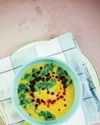
SEPTEMBER SPECIALS
This month, with sweetcorn, figs and blackberries on the menu, Anna Cairns Pettigrew is not only serving up something sweet and something savoury, but all things scrumptious
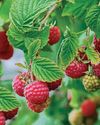
FLAVOURSOME FRUIT AUTUMN RASPBERRIES
September - is it late summer or the start of autumn? David Patch ponders the question and says whatever the season, it's time to harvest autumn raspberries
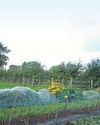
SOW GREEN THIS AUTUMN
Covering the soil with a green manure in winter offers many benefits and this is a good time to sow hardy types, says KG editor Steve Ott

A HISTORICAL HAVEN OF FRUIT AND FLOWERS
KG's Martin Fish takes time out from his own plot to visit a walled garden in Lincolnshire which has been home to the same family for more than 400 years
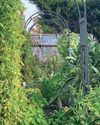
RESTORING THE BALANCE
The phrase regenerative gardening is often heard in gardening circles, but what is it? Can it help you to grow better veg? Ecologist Becky Searle thinks so, and tells us why
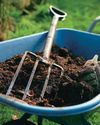
WASTE NOT, WANT NOT
Garden Organic's Anton Rosenfeld shares his expertise on using compost made from green bin collections with handy tips on getting the right consistency and quality
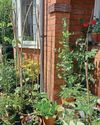
Celebrating Organic September!
In this special section we bring you four great features aimed at improving your crops and allowing nature to thrive
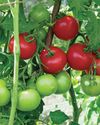
SEEING RED
Do your tomatoes have a habit of remaining stubbornly green? Or perhaps you're lucky to enjoy lots of lovely fruits - just all at once. Either way, Benedict Vanheems is here with some top tips to ripen and process the nation's favourite summer staple
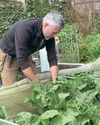
NEW KIDS ON THE BROCCOLI!
Rob Smith is talking broccoli this month with a review of the different types available and suggestions for some exciting new varieties to try
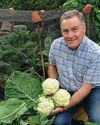
A NEW kitchen garden
Martin Fish is getting down to plenty of picking and planting on the garden veg plot, while Jill is rustling up something pepper-licking good!